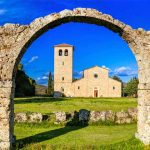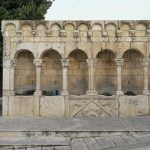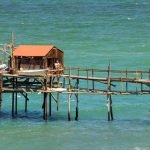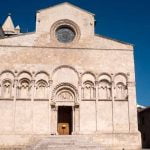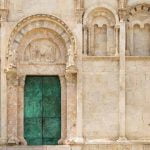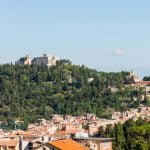Molise Culture Travel Guide
In the heart of southern central Italy sits Molise, a quiet region rich with history and culture hidden among its rolling green hills that lead to the Adriatic Sea. Local castles, abbeys, and cathedrals sprinkle the countryside just waiting for their architecture and stories to be discovered firsthand by visitors walking their ancient floors. Some of the region’s culture can be found in frescos inside cathedrals or in the notes of a distant bagpipe carried by the wind.
Culture and history go hand in hand for this peaceful region, and with the fine craftsmanship of unique art in the form of bells and bobbin lace, there seems to be a surprise around every corner.
Molise’s Architecture
The Castle in Carpinone is a medieval fortress complete with at least three watch towers built upon the craggy rock above the Carpino River. As with many successful fortresses, the structure is not accessible on three sides with only a wooden drawbridge allowing for access on the fort. Though the castle is thought to have been built in the eleventh century, there have been a series of renovations since that made it into the structure you see today.
The Svevo Castle is tucked away in the enchanting, historical village of Termoli. The thirteenth century castle is made primarily of limestone and sandstone to ensure its secure defense both by sea and by land. The castle offers breathtaking views of Termoli and the sparkling blue water of the expanse of the Adriatic Sea.
Two other castles not to be missed are Pescolanciano’s Castello D’Allessandro and Cero ai Volturno.
Both are examples of amazing medieval architecture and history that transport visitors back in time.
There are more castles and fortresses in the area than could be listed here, so especially if you are a history buff, take some time to plan out a fantastic castle touring route through Molise.
Pesche is a charming fortified village, complete with bits of a castle and a tower that appears to be built on to the side of Mount San Bernardo. In the twelfth century it was associated with St. Benedict of Montecassino and was property of the abbey until the fifteenth century. The original purpose of the structure is said to have been to protect the ancient Pescasseroli-Candela sheep track.
Saepinum located just south of Campobasso, was once a Roman town. The town is still among one of the most remote and gorgeous areas in Molise. It is enclosed by defensive walls built in a diamond pattern, with three of four gates still remaining that lead into town. A stroll through Saepinum showcases some of the town’s original roads, shops, baths, fountains, a temple, and more. While visiting, don’t miss the Museo Archeologico Vittoriano which displays historical artifacts from the area and is located inside converted farm buildings. San Vincenzo al Volturno is a historic abbey found near the Volturno River.
The beautiful beige structure featuring one bell tower is a stunning sample of simple architecture nestled amongst the rolling green hills of Molise. The surrounding area is rather rural and a wonderful less traveled spot to seek peace and tranquility.
The Termoli Cathedral, located in Campobasso, is dedicated to the Purification of the Virgin Mary and is the seat of the Bishop of Termoli-Larino. This Romanesque church was built in the twelfth or thirteenth century, possibly atop the site of another ancient church. It has a basilical layout with three naves. Over the years, the exterior and interior have been updated but stayed true to its original design.
Litterature in Molise
The peace and solitude of the region of Molise is utopia for aspiring writers and has been for centuries.
Fifteenth century poet Maria Jonata is the author of a famous poem called El Giardeno. Later on in the seventeenth century, author Stefano di Stefano who was born in Agnone, composed what may possibly be his best known work, The Region Pastorale. More recently, twentieth century author Baldassare Labanca was both a professor to the University of Padua, Pisa and Rome and the author of several publications regarding philosophy and religion.
Art in Molise
Perhaps one of the most unique forms of art in Molise can be found in Agnone at Fonderia Pontificia Marinelli. It is a bell foundry, or factory that produces metal castings. Thought to be the oldest foundry in the world with the very first bell possibly being crafted around the year one thousand. Some of the bells crafted here can be found at the Vatican and across much of Europe.
In Isernia, some of the locals carry on the time honored tradition of making bobbin lace. This type of lace is made with a series of rotating sticks of sorts called bobbins. The lace industry has historically been of great importance to Molise’s economy and still is a large part of it today. When walking the streets of Isernia, it is not uncommon to hear the clicking of bobbins by dedicated lace makers.
The Civic Gallery of Contemporary Art, found in St. Antony Square, was established by painter Achille Pace. Here visitors can find more than four hundred and seventy works of art including painted canvas art as well as sculptures made of various materials. Some of the works featured at the gallery belong to artists such as Achille Pace, Luigi Boille, Nicola Carrino, Antonio Sanfilippo, Giuseppe Uncini, Gino Marotta, and many more.
In Campobasso, gorgeous fourteenth century frescos depicting the saints can be found on pilasters inside Larino Cathedral. The cathedral is dedicated to the Assumption of the Virgin Mary and Saint Pardus. In the early twentieth century, Pope Pius XI granted Larino Cathedral the status of a minor basilica.
Music
Deep in the heart of the town of Scapoli is a museum dedicated to zampogna or bagpipes. Bagpipes from Molise and across the globe are displayed here. Historically, bagpipes were used by the shepherds of Molise and Abruzzo. In fact, shepherds still play zampogna today during the Christmas season. This musical instrument is such an integral part of the Molise culture that the town of Scapoli holds an International Bagpipe Festival each July.
Campobasso has a Friends of Music Association and a Regional Symphony Orchestra. This is a distinction not even shared by some of the larger regions in Italy. Also in Campobasso is the Lorenzo Perosi Musical Conservatory.
Lorenzo Perosi was a renowned Italian composer, one of few who did not write opera. Most influential during the twentieth century, Perosi is estimated to have composed several thousand works, such a large number that not all of them have been located or published. The composer is best known for his large scale works for orchestra, soloists, and chorus based on Latin texts. A man of vast knowledge and ability, Perosi wrote both sacred and secular music. His secular compositions were often in the form of concertos, chamber music, and symphonic poems.
Cinema
For more than fourteen years, the Molise Cinema Film Festival has promoted innovative productions of both Italian and international cinema. While the event celebrates cinematography as a whole, there is special focus given to short films and documentaries. This annual event has attracted many from the film industry and has catapulted Molise onto a world stage which has enhanced the region’s visibility with producers that book filming locations.
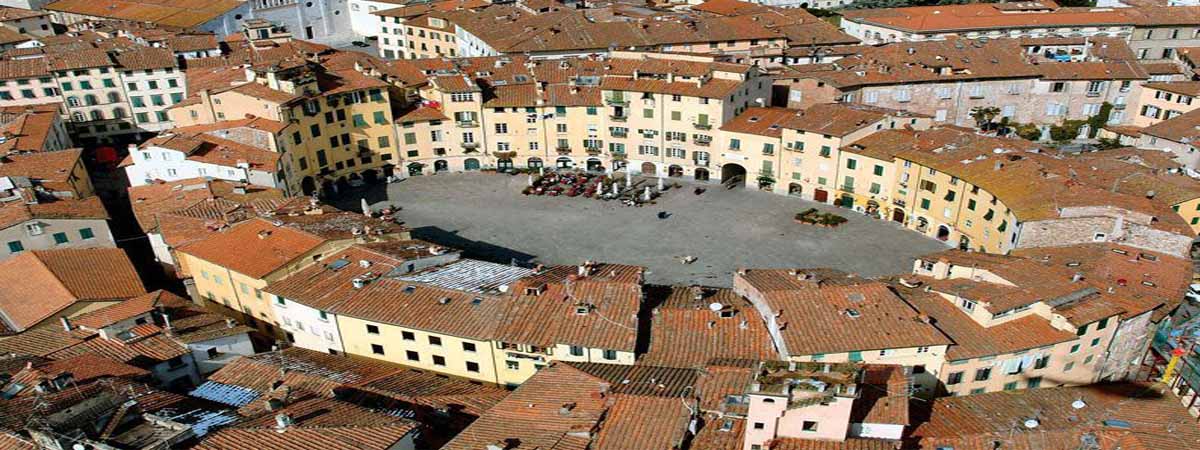


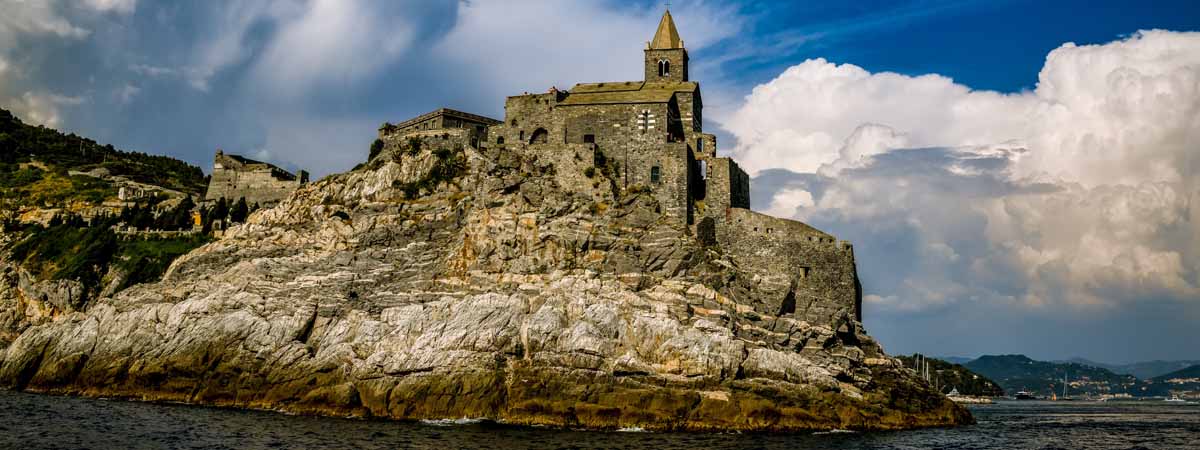

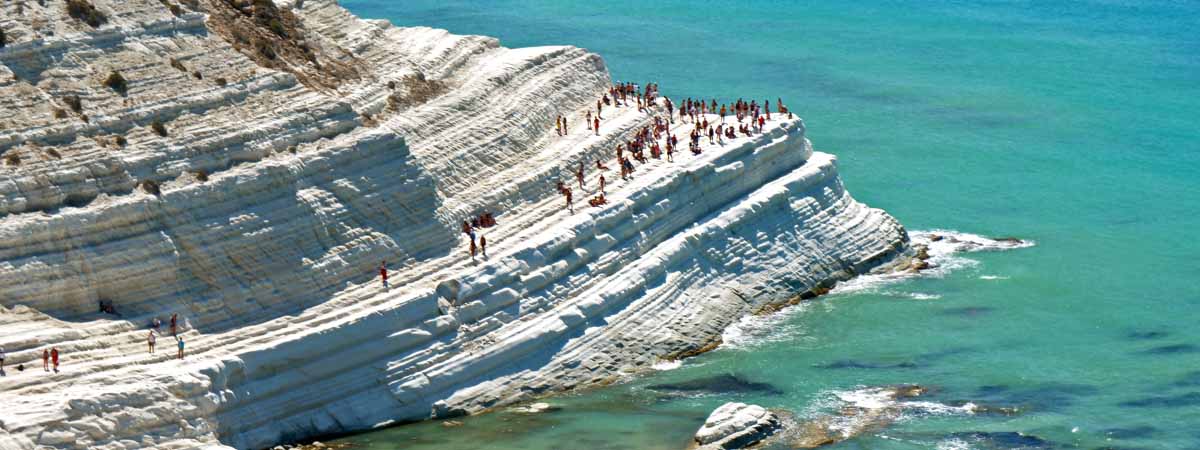
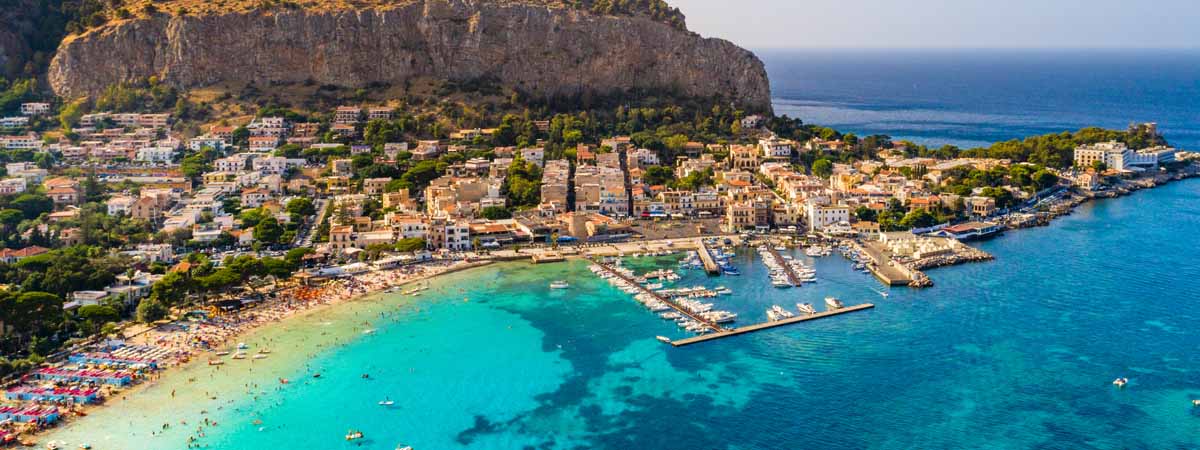
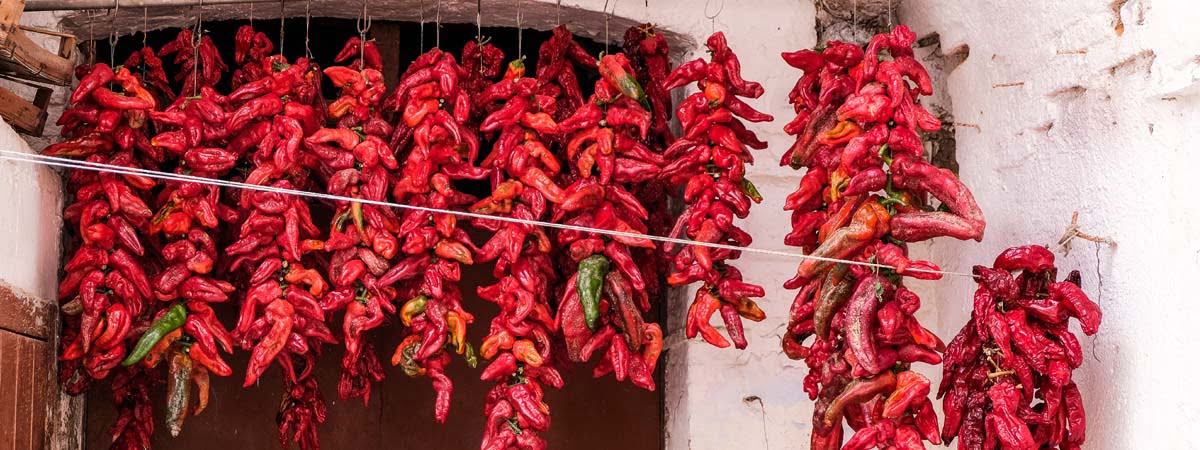
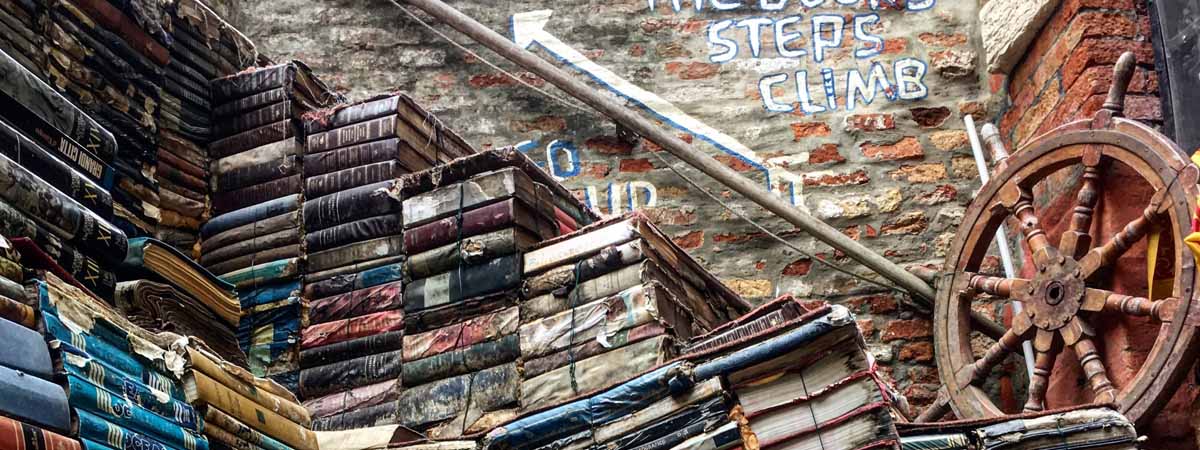

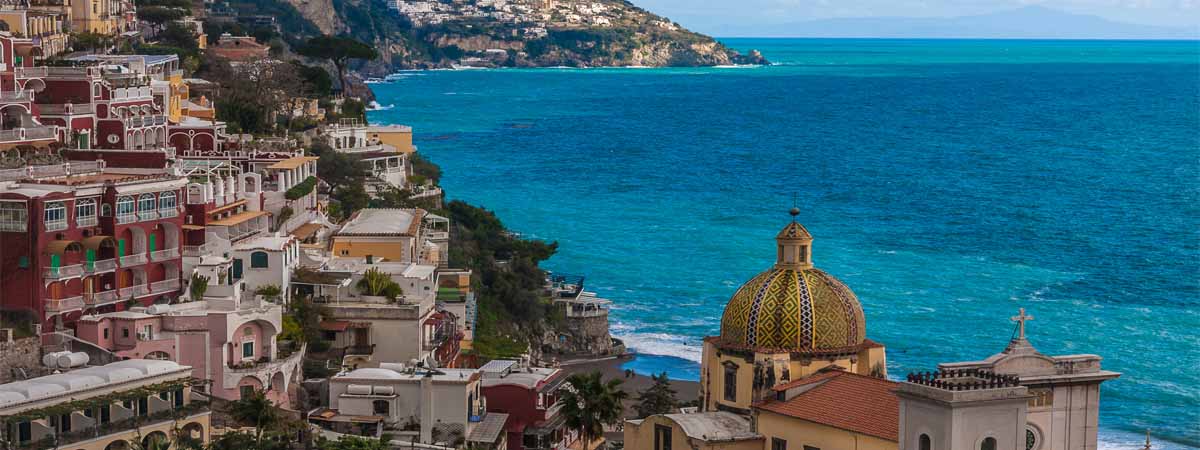
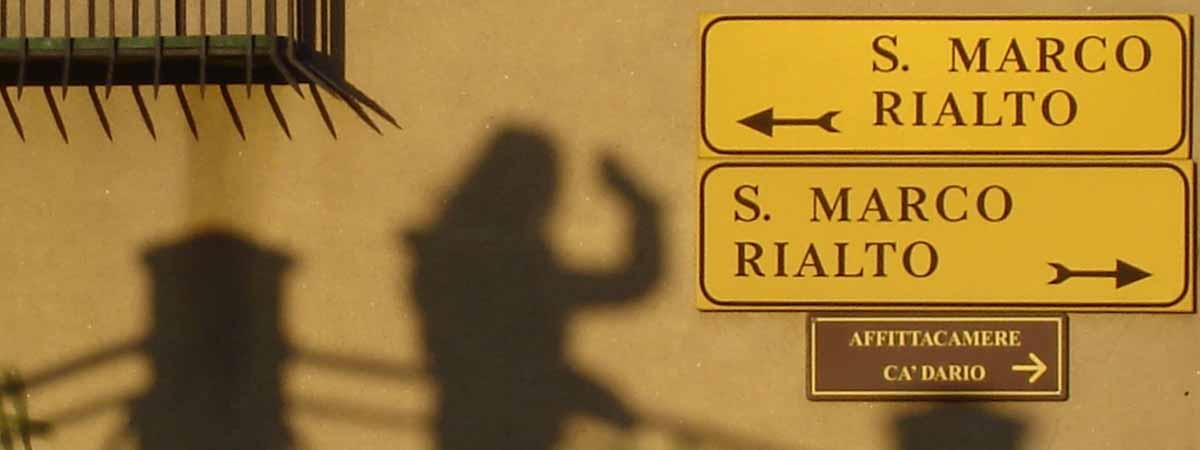
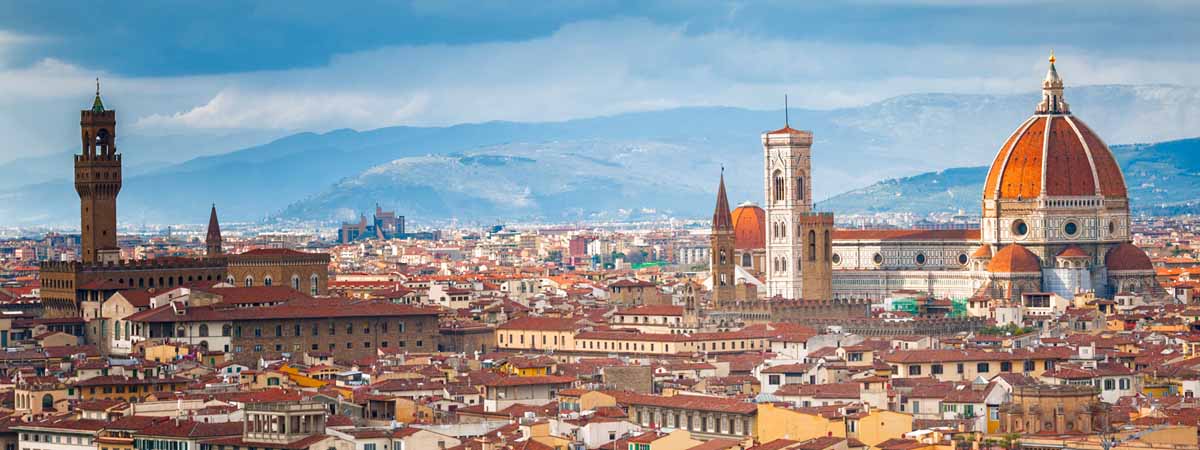

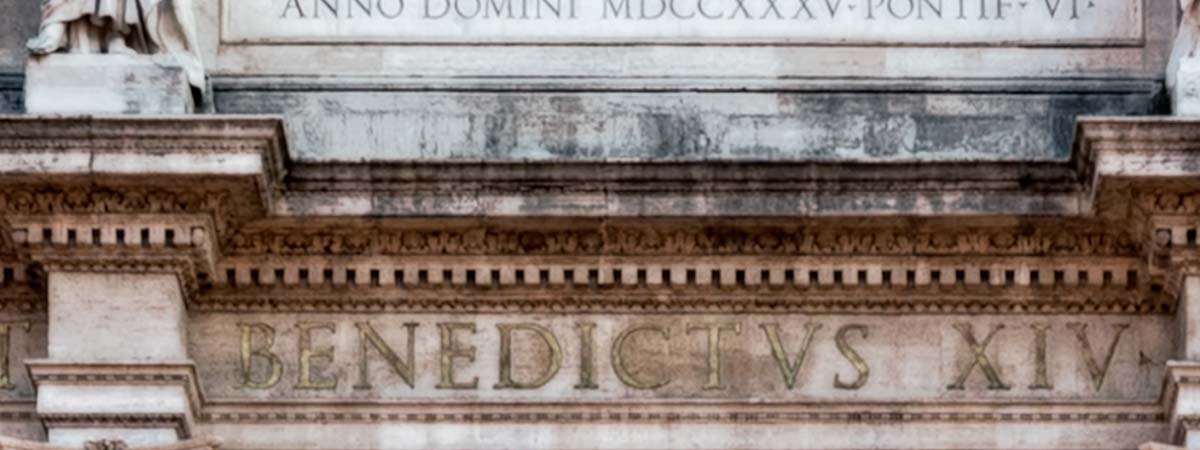
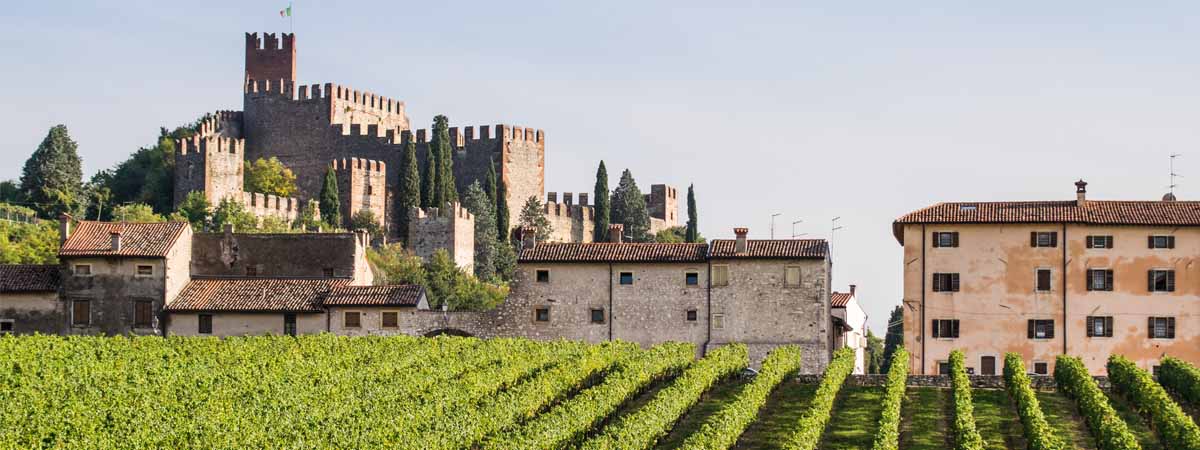

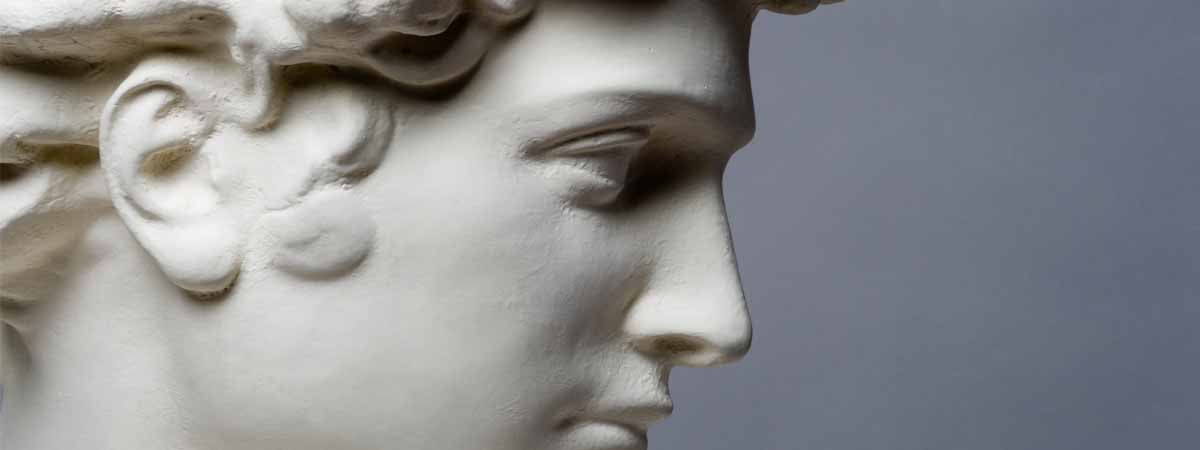
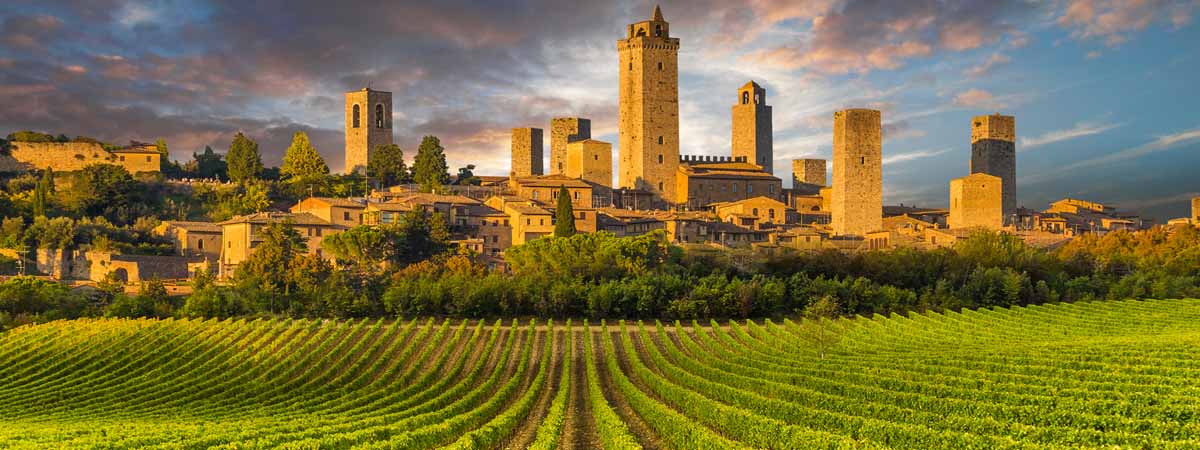

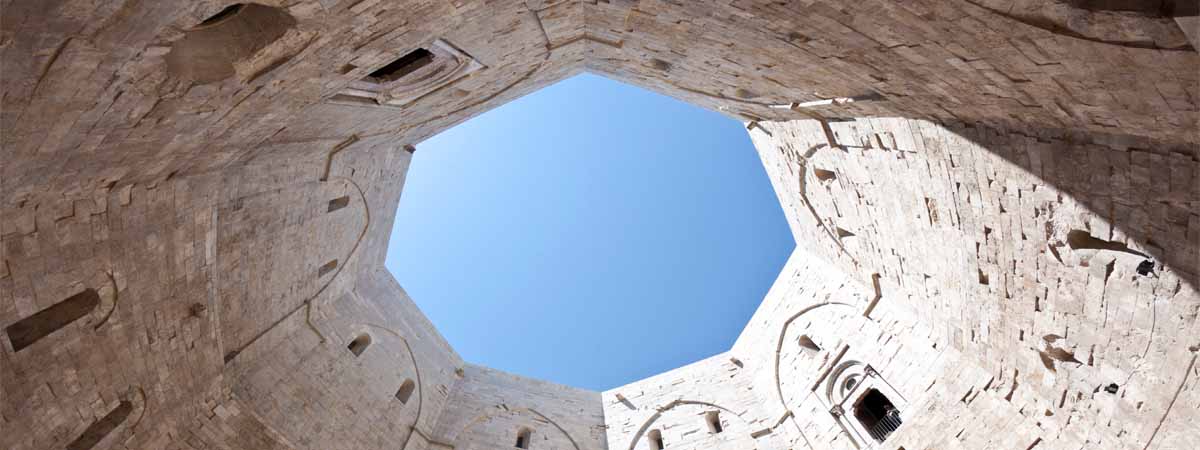
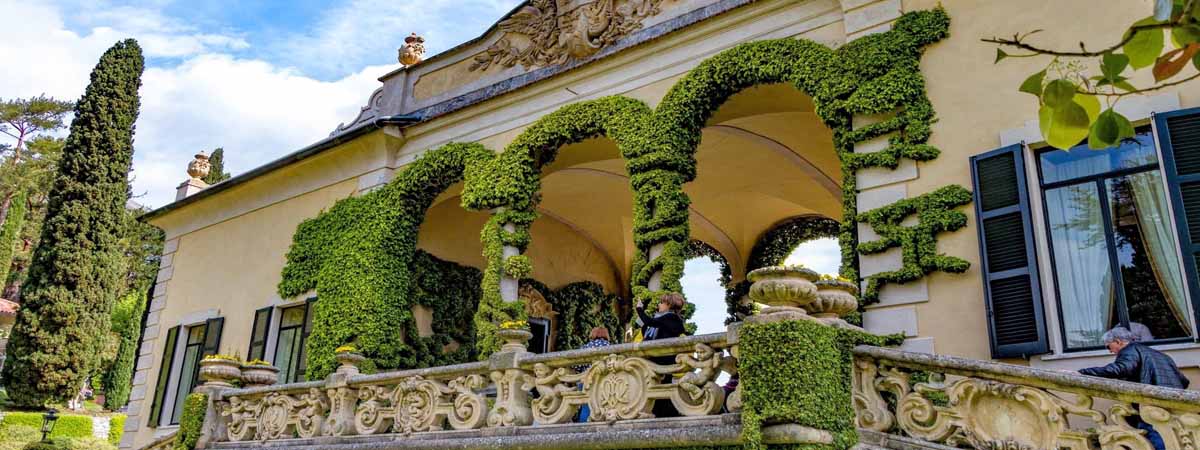

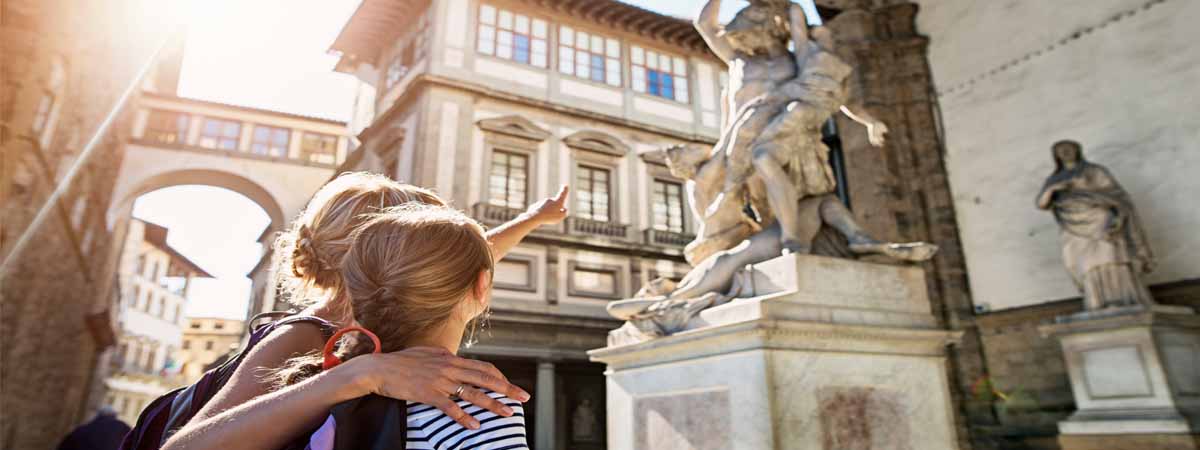
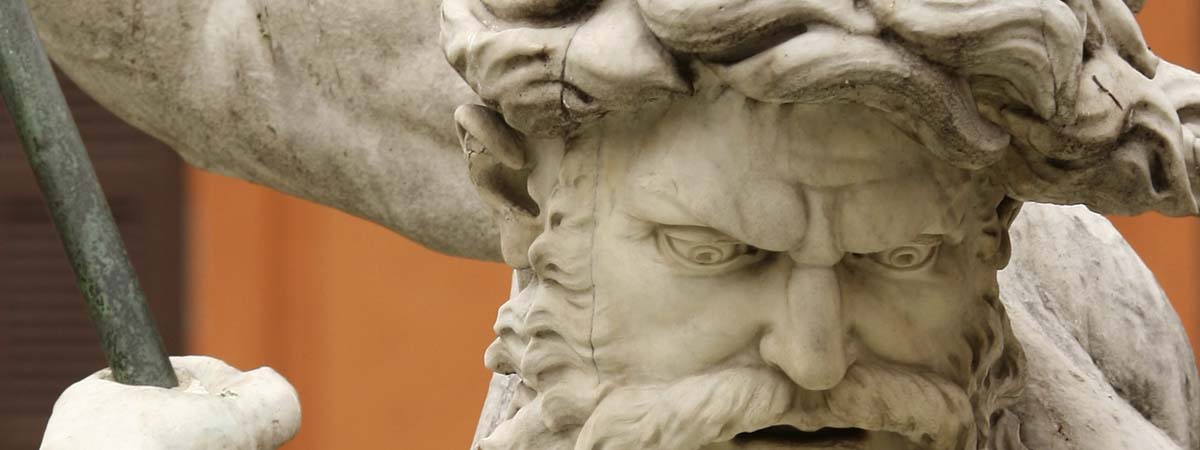
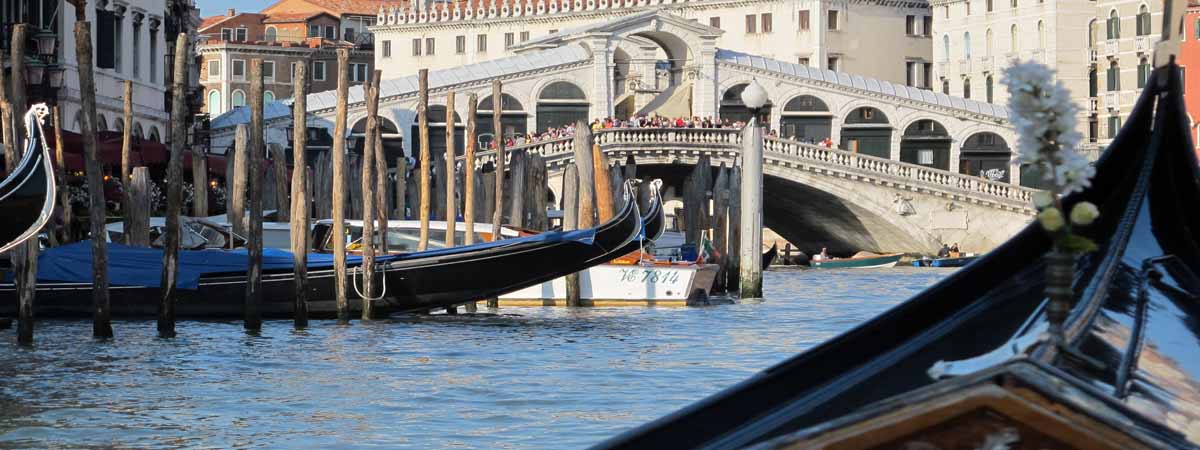
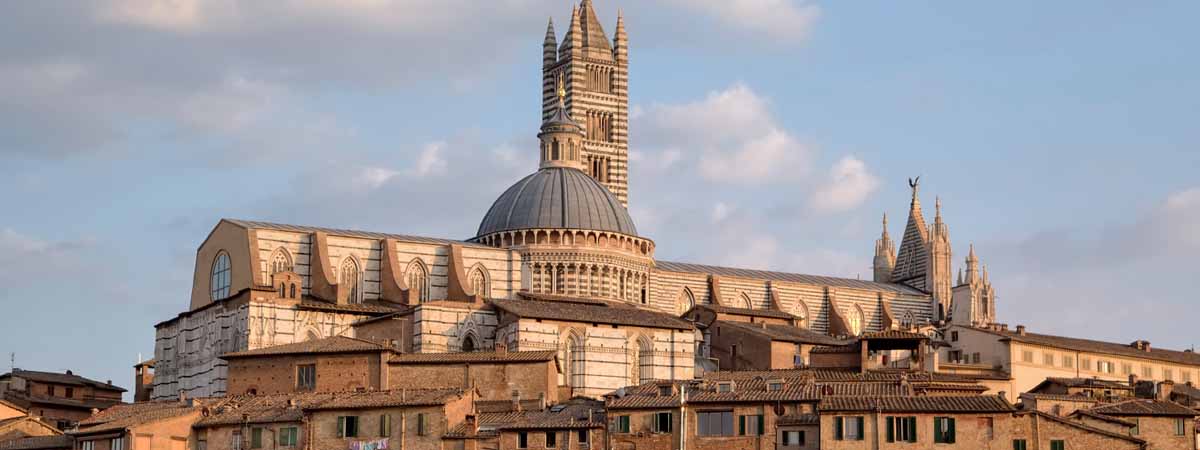
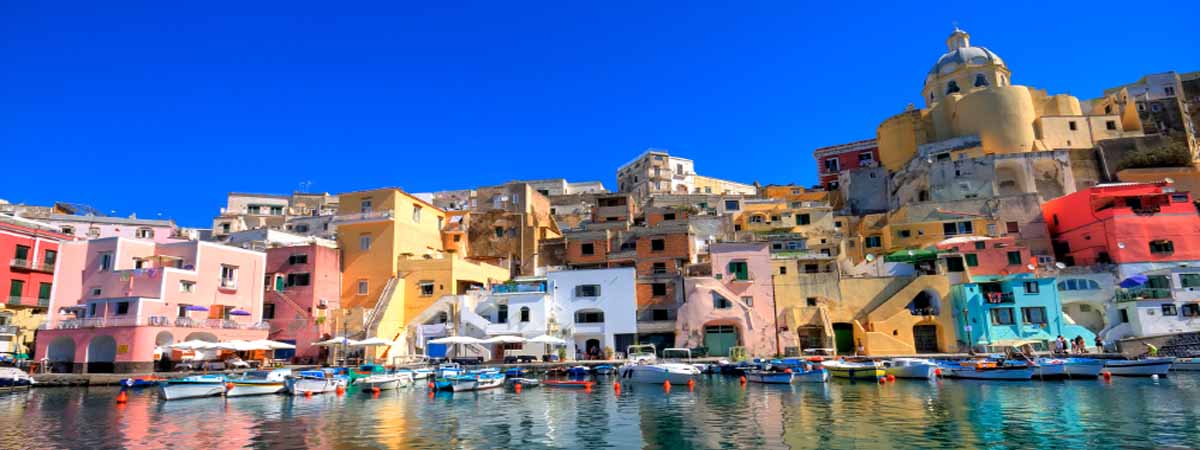
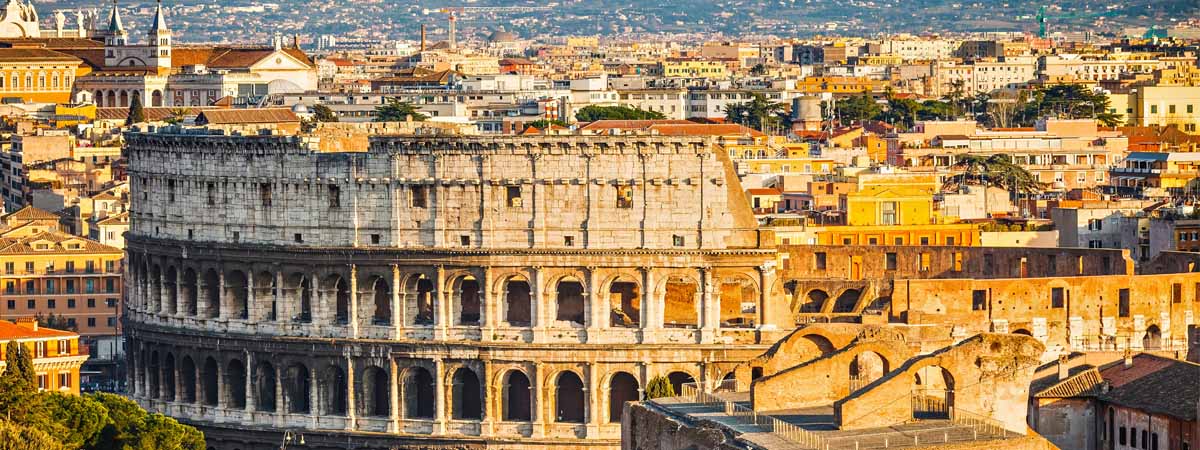
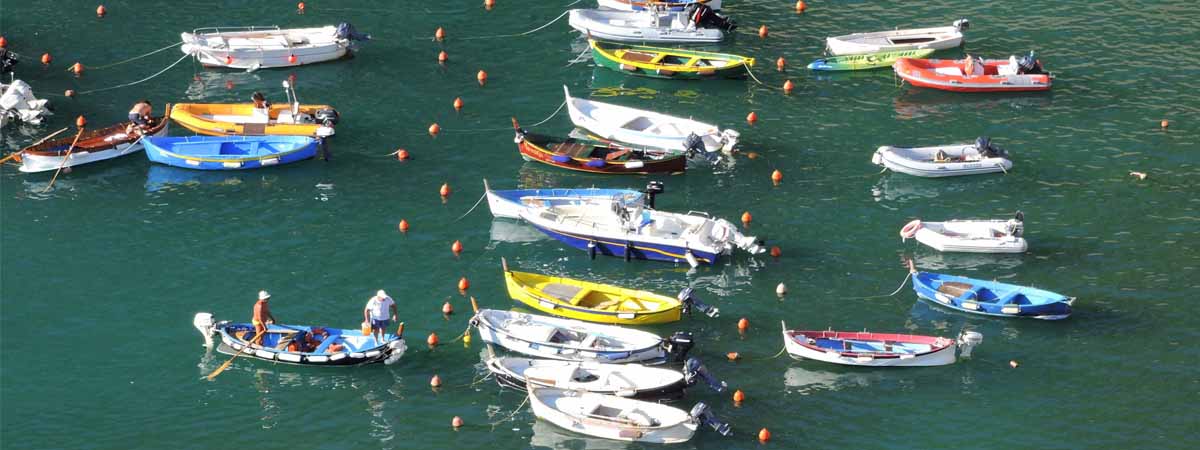
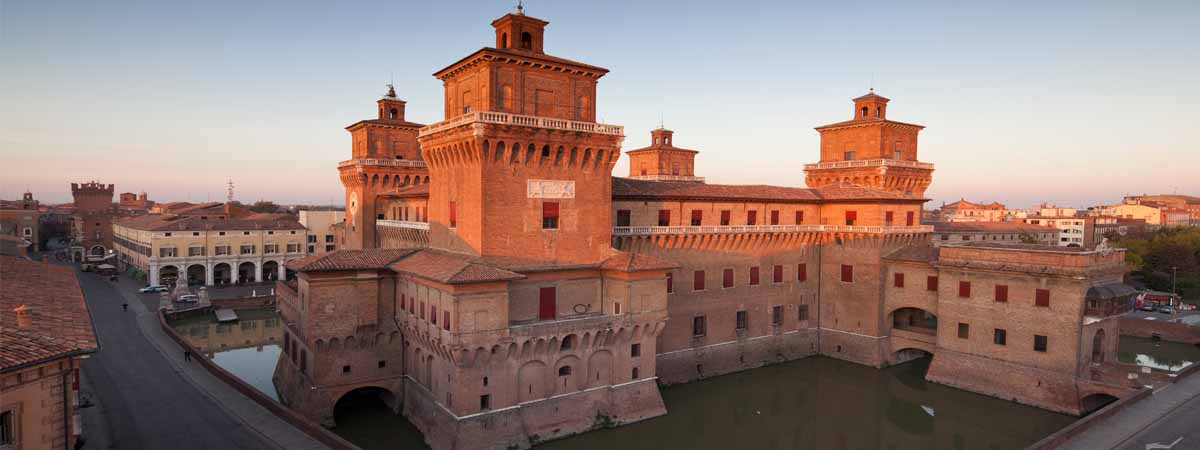



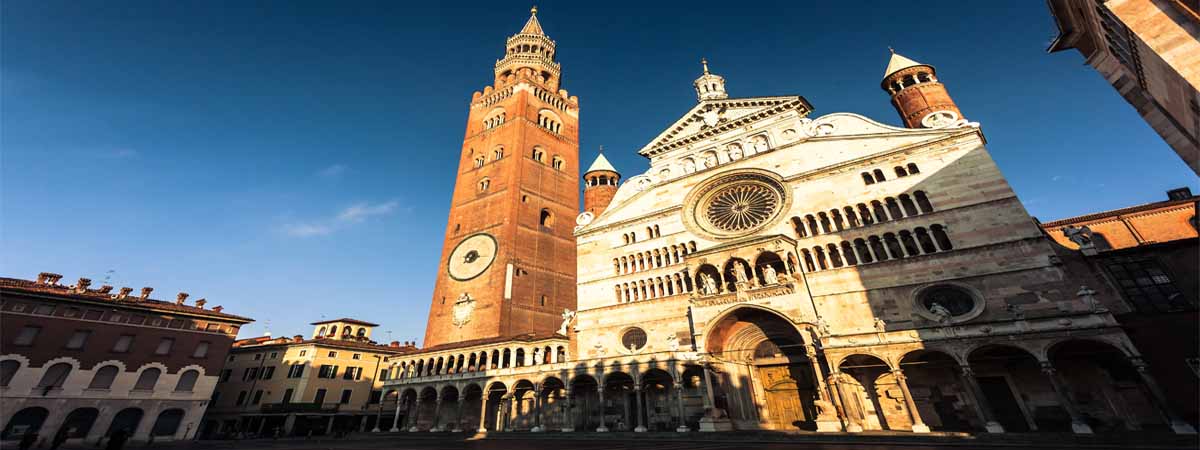

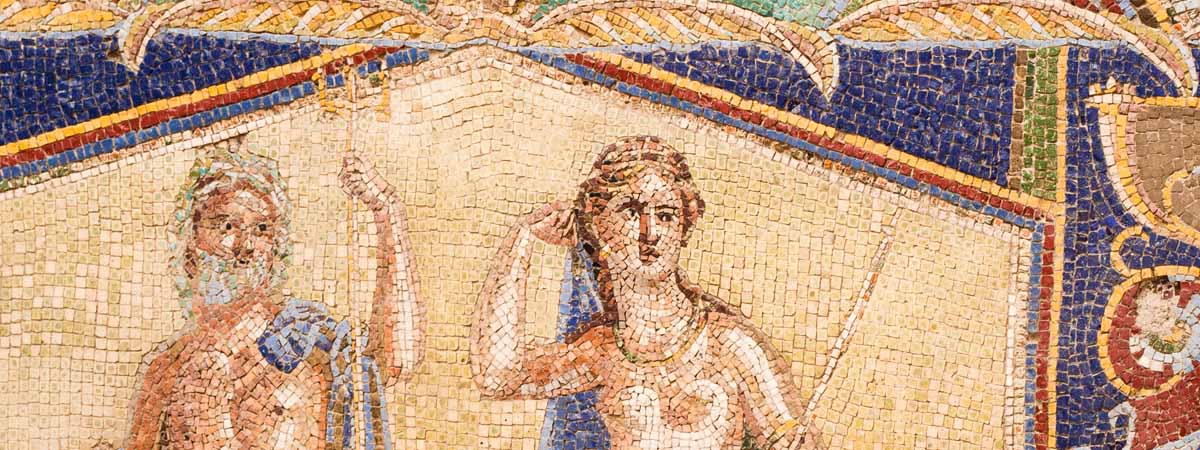
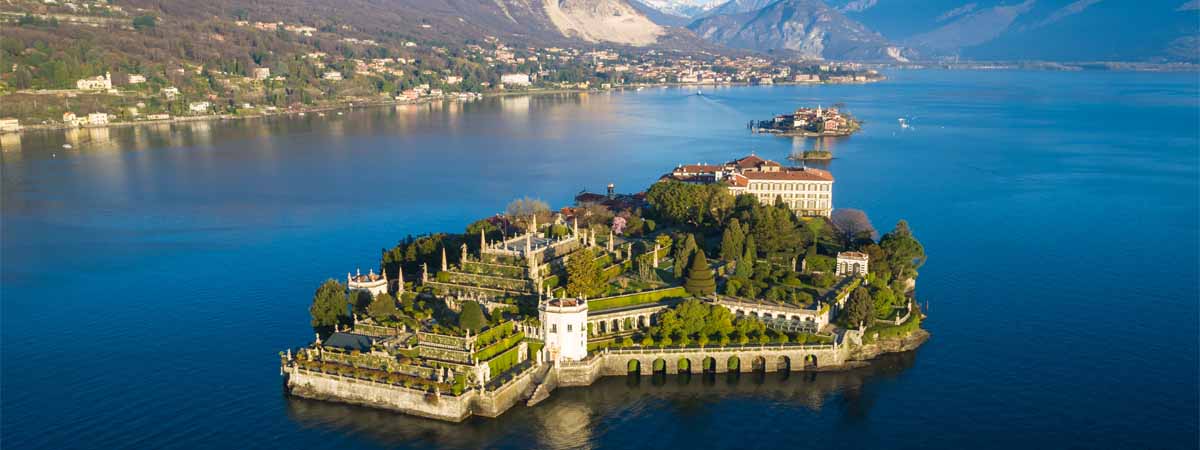
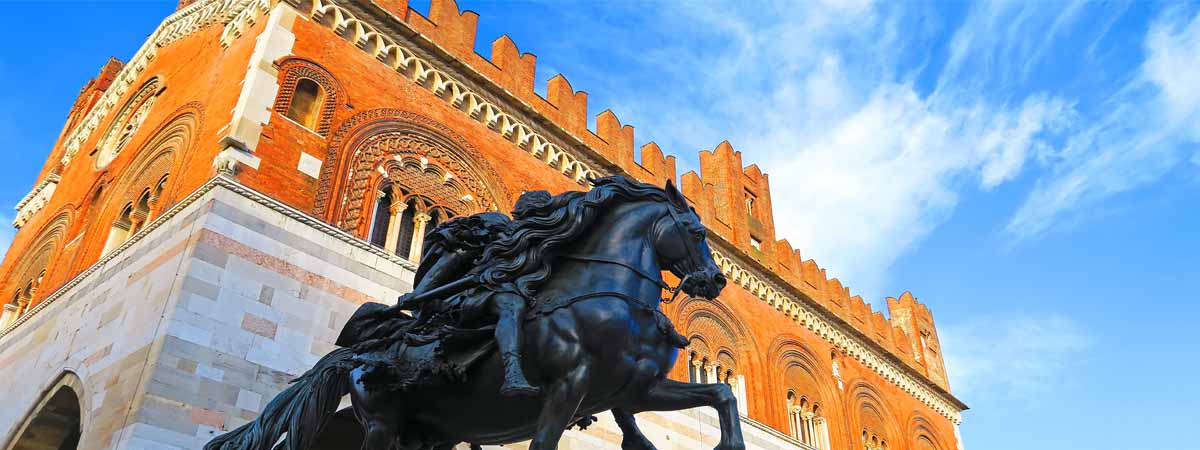
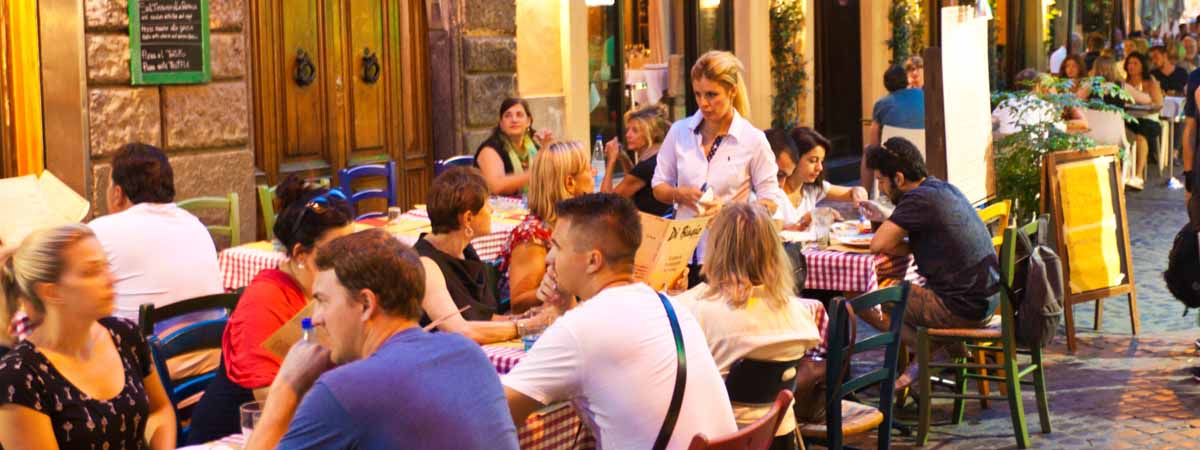
Travel Guides
[wudrelated include="1837"]
About Molise
[wudrelated include="4241"]
Cities of Molise
[wudrelated include="4242"]

